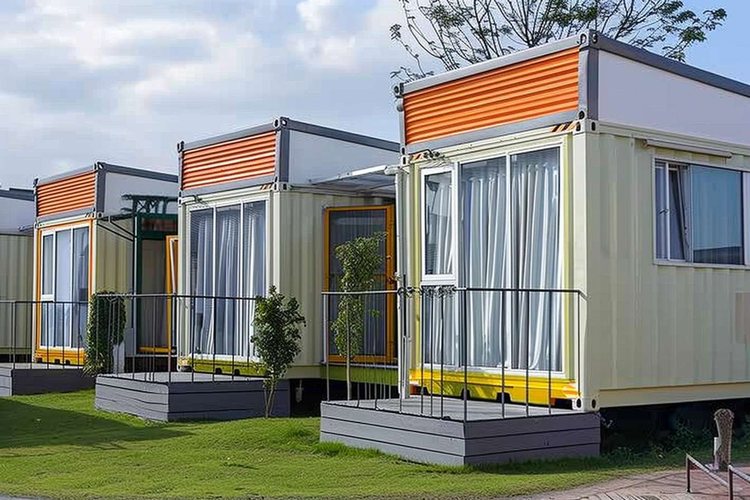The Rise of Prefabricated Homes: A Modern Solution for Housing
Prefabricated homes, also known as prefab homes, are revolutionizing the housing industry by offering a more efficient, cost-effective, and sustainable alternative to traditional construction methods. These innovative dwellings are manufactured off-site in controlled factory environments and then transported to their final location for assembly. As the demand for affordable and eco-friendly housing continues to grow, prefabricated homes are gaining popularity among homeowners, developers, and environmentally conscious individuals alike.

How does the construction process of modular housing work?
The construction of modular housing involves several stages, beginning with design and planning. Once the plans are finalized, the individual modules or sections of the home are manufactured in a factory setting. These components are built to exact specifications, including electrical wiring, plumbing, and interior finishes. After completion, the modules are transported to the building site, where they are assembled and connected to form the final structure. This process typically takes a fraction of the time required for traditional on-site construction.
What are the advantages of choosing a prefabricated home?
Prefabricated homes offer numerous benefits over conventional construction methods. One of the primary advantages is the significantly reduced build time, which can be up to 50% faster than traditional construction. This efficiency translates to lower labor costs and minimized weather-related delays. Additionally, prefab homes often boast superior quality control due to the controlled factory environment in which they are produced. The precise manufacturing process also results in less material waste, contributing to improved sustainability in the construction industry.
How energy-efficient are prefabricated homes compared to traditional buildings?
Energy efficiency is a notable feature of many prefabricated homes. The controlled manufacturing environment allows for better insulation installation and tighter construction, resulting in improved thermal performance. Many prefab homes incorporate advanced energy-efficient technologies, such as high-performance windows, smart home systems, and renewable energy solutions. These features not only reduce the environmental impact of the home but also lead to lower energy costs for homeowners over time.
What are the cost considerations when opting for a prefabricated home?
When considering a prefabricated home, it’s important to understand the various cost factors involved. While the initial costs may seem comparable to traditional construction, prefab homes often offer long-term savings due to their energy efficiency and reduced maintenance needs. Here’s a breakdown of cost considerations for prefabricated homes:
| Cost Factor | Description | Estimated Range |
|---|---|---|
| Base Price | Cost of the prefab structure | $50,000 - $300,000+ |
| Land | Purchase of property | Varies by location |
| Site Preparation | Grading, foundation, utilities | $10,000 - $50,000 |
| Transportation | Delivery of modules to site | $5,000 - $15,000 |
| Assembly | On-site construction and finishing | $30,000 - $100,000 |
| Customization | Additional features or upgrades | 10-20% of base price |
Prices, rates, or cost estimates mentioned in this article are based on the latest available information but may change over time. Independent research is advised before making financial decisions.
How do prefabricated homes impact the future of sustainable building?
Prefabricated homes are poised to play a significant role in the future of sustainable building practices. The controlled manufacturing process allows for optimized material use, reducing waste and improving resource efficiency. Many prefab manufacturers are incorporating eco-friendly materials and designs, such as recycled content, low-VOC finishes, and passive solar features. As the demand for sustainable housing grows, prefabricated homes offer a scalable solution that can meet both environmental and economic needs.
In conclusion, prefabricated homes represent a modern approach to housing that addresses many of the challenges faced by traditional construction methods. With their efficiency, customization options, and potential for enhanced sustainability, prefab homes are becoming an increasingly attractive option for those seeking innovative and practical housing solutions. As technology and design continue to advance, the prefabricated housing industry is likely to play an even more significant role in shaping the future of residential construction.






